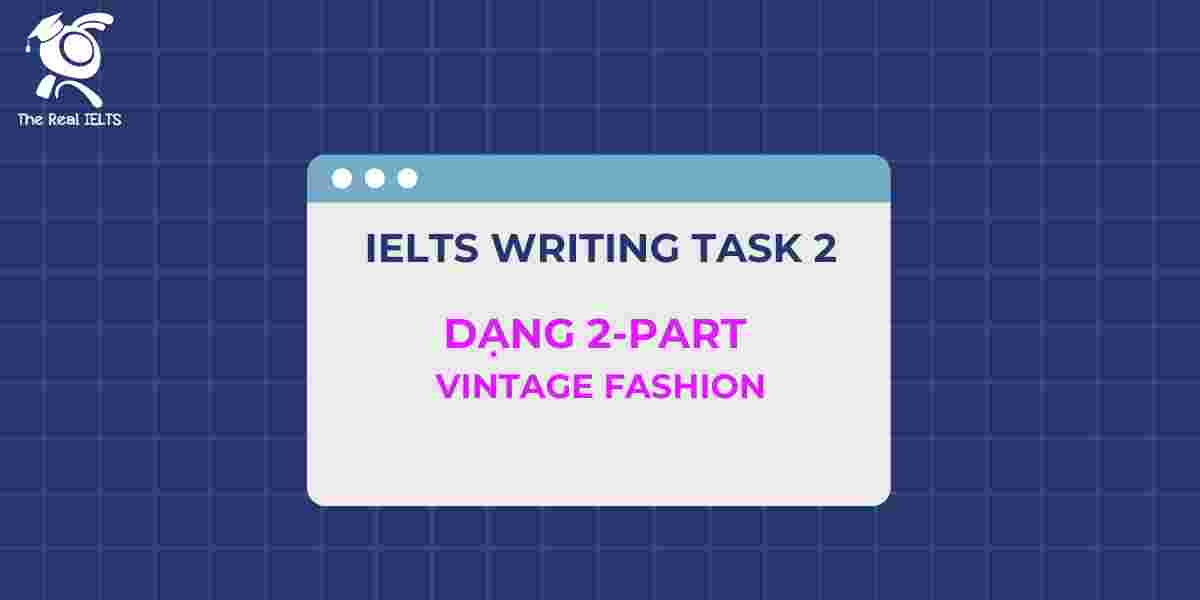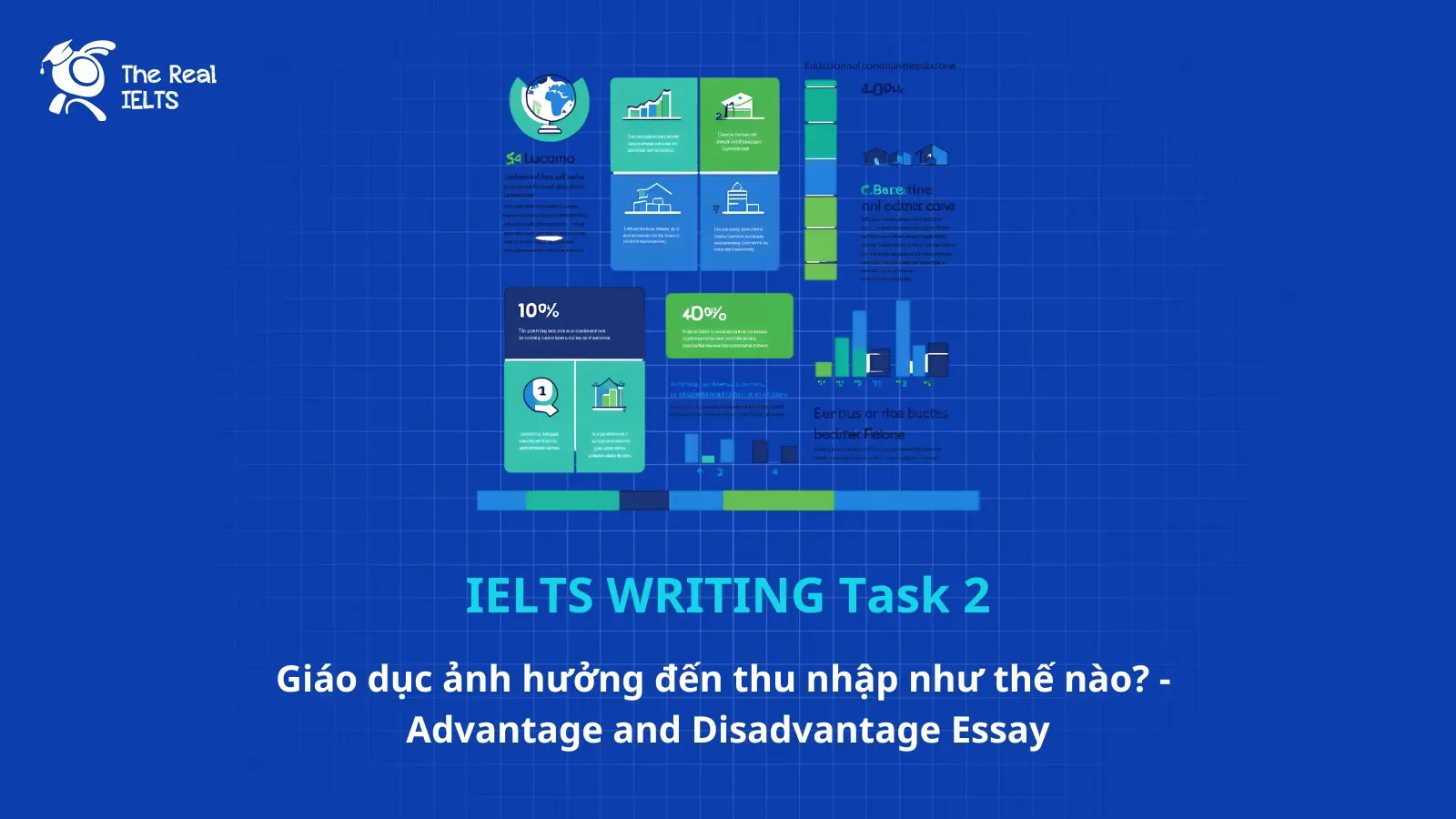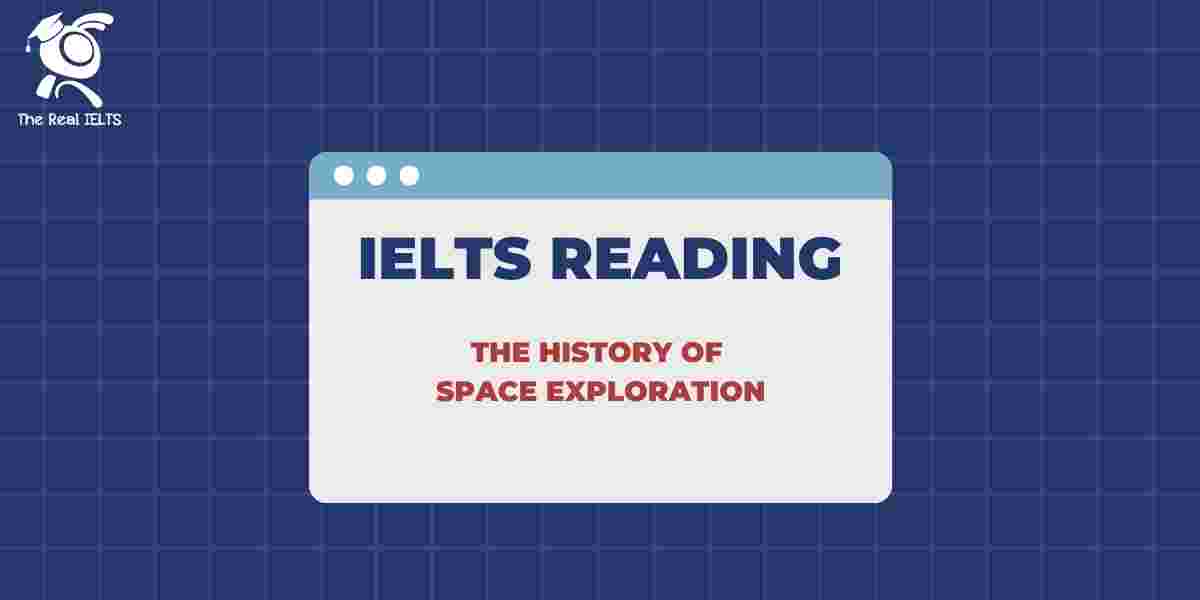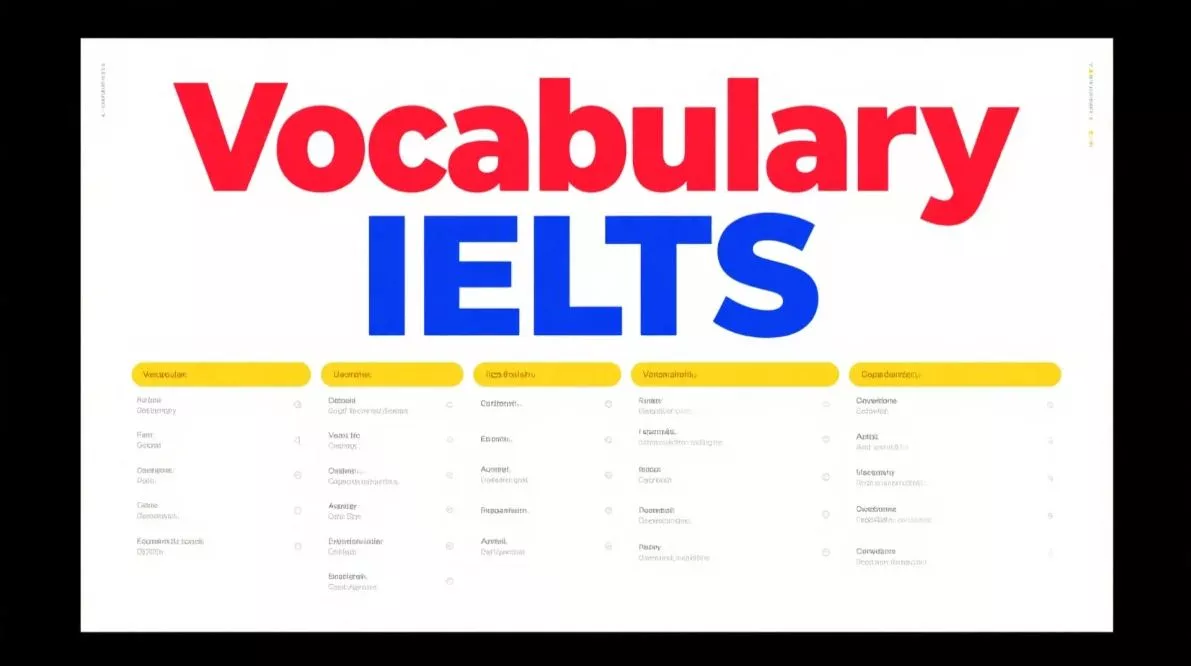Đề thi IELTS Reading có tiêu đề “The History of Ancient Civilizations”
Nhớ đọc thêm các bài luyện thi IELTS nhé.
IELTS Reading:”The History of Ancient Civilizations“
The History of Ancient Civilizations
The history of ancient civilizations is a complex and fascinating journey that reveals the ingenuity, resilience, and creativity of humanity. Spanning thousands of years, ancient civilizations laid the foundation for many aspects of modern society, including government, architecture, art, science, and philosophy. These early societies, scattered across different regions of the world, developed independently yet shared some common characteristics, such as the establishment of cities, the development of writing systems, and the creation of complex social hierarchies.
One of the earliest known civilizations emerged in Mesopotamia, located in the fertile crescent between the Tigris and Euphrates rivers. Often referred to as the “cradle of civilization,” Mesopotamia was home to the Sumerians, Akkadians, Babylonians, and Assyrians. The Sumerians are credited with the invention of cuneiform, one of the earliest known writing systems, which allowed them to record laws, trade transactions, and historical events. Mesopotamia’s city-states, such as Uruk and Babylon, became centers of political and economic power, with complex institutions, religious structures, and monumental architecture like the ziggurats.
In parallel, the ancient Egyptians built a civilization along the banks of the Nile River, which provided the necessary resources for agriculture and trade. The Egyptians are renowned for their monumental architecture, particularly the pyramids, which served as tombs for their pharaohs and a testament to their engineering prowess. The development of hieroglyphics, a system of writing using symbols and pictures, further exemplifies the sophistication of Egyptian society. The civilization’s deep religious beliefs in the afterlife influenced not only their burial practices but also their art and culture, which continue to captivate people today.
To the east, the Indus Valley Civilization, which flourished around 2500 BCE in what is now Pakistan and northwest India, was another advanced ancient society. This civilization is noted for its well-planned cities, such as Harappa and Mohenjo-Daro, which featured sophisticated urban planning with grid patterns, advanced drainage systems, and standardized weights and measures. Despite the lack of decipherable written records, the artifacts and ruins suggest a highly organized society with a strong emphasis on trade, as evidenced by the wide distribution of Indus Valley goods across Mesopotamia and beyond.
In China, the Yellow River Valley nurtured the growth of one of the world’s oldest continuous civilizations. The Shang Dynasty, established around 1600 BCE, marked the beginning of China’s recorded history. The Shang are known for their advances in bronze metallurgy, the development of a logographic writing system, and the creation of intricate oracle bones used for divination. This early Chinese civilization laid the groundwork for subsequent dynasties that would continue to shape the cultural and political landscape of China for millennia.
The Mesoamerican civilizations, including the Olmecs, Mayans, and Aztecs, developed independently from the Old World civilizations yet achieved remarkable advancements. The Olmecs, often considered the “mother culture” of Mesoamerica, are known for their colossal stone heads and the early development of writing and calendar systems. The Mayans, who followed, expanded upon these innovations, creating a complex calendar system and impressive architectural feats such as the pyramids of Chichen Itza. The Aztecs, the last of the major Mesoamerican civilizations before the arrival of Europeans, built a powerful empire centered around Tenochtitlán, present-day Mexico City, with an elaborate social structure, religious rituals, and achievements in agriculture, particularly their chinampa system of farming.
The ancient civilizations of Greece and Rome are often regarded as the bedrock of Western culture. Ancient Greece, with its city-states like Athens and Sparta, made significant contributions to philosophy, science, and the arts. Figures such as Socrates, Plato, and Aristotle laid the foundations of Western philosophy, while Greek literature, theater, and architecture continue to influence contemporary culture. The Roman Empire, which succeeded the Greek civilization, played a crucial role in the spread of Western ideas and institutions. Rome’s legal system, republican form of government, and monumental architecture, including the Colosseum and aqueducts, set the stage for the development of modern Europe.
The decline of these ancient civilizations was often due to a combination of internal factors, such as political corruption, social unrest, and economic decline, as well as external pressures, including invasions and natural disasters. However, their legacies continue to endure, as they laid the groundwork for many aspects of modern society. The knowledge and innovations passed down from these ancient cultures have shaped the development of language, governance, religion, and technology, influencing the course of human history.
In conclusion, the history of ancient civilizations is a testament to humanity’s ability to adapt, innovate, and build complex societies. From the fertile plains of Mesopotamia to the river valleys of Egypt, the Indus, and China, and the isolated regions of Mesoamerica, ancient civilizations have left an indelible mark on the world. Their achievements in architecture, writing, governance, and culture continue to be studied and admired, providing valuable insights into the origins of our modern world. Understanding the history of these civilizations not only helps us appreciate their contributions but also offers lessons for the future as we continue to build and shape our own societies.
Đề bài thi IELTS Reading
1. Multiple Choice (Câu hỏi trắc nghiệm)
- Which civilization is known as the “cradle of civilization”?
- A) Ancient Egypt
- B) Indus Valley Civilization
- C) Mesopotamia
- D) Mesoamerican Civilizations
- What is cuneiform?
- A) A type of pyramid
- B) An early writing system
- C) A type of metalworking
- D) A form of government
- The Indus Valley Civilization is particularly noted for:
- A) Hieroglyphics
- B) Ziggurats
- C) Urban planning
- D) Bronze metallurgy
- Which civilization created the oracle bones used for divination?
- A) Mesopotamia
- B) Ancient Egypt
- C) Shang Dynasty
- D) Mesoamerica
- The Mayan civilization is well-known for its:
- A) Colossal stone heads
- B) Complex calendar system
- C) Chinampa farming system
- D) Use of oracle bones
- Which civilization developed the chinampa system of farming?
- A) Egyptians
- B) Indus Valley
- C) Greeks
- D) Aztecs
- Ancient Greece is famous for its contributions to:
- A) Writing and architecture
- B) Philosophy, science, and the arts
- C) Legal systems
- D) Urban planning
- What contributed to the decline of ancient civilizations?
- A) Political corruption
- B) Natural disasters
- C) Invasions
- D) All of the above
2. True/False/Not Given
- The Sumerians invented the earliest known writing system.
- True
- False
- Not Given
- The Egyptians were the first to develop a grid-pattern city planning system.
- True
- False
- Not Given
- The Indus Valley Civilization had advanced drainage systems.
- True
- False
- Not Given
- The Shang Dynasty was the first to establish a system of weights and measures.
- True
- False
- Not Given
- The Olmecs are known for creating the first democratic government.
- True
- False
- Not Given
3. Yes/No/Not Given
- The author believes that ancient civilizations were more advanced in architecture than modern societies.
- Yes
- No
- Not Given
- The author suggests that the decline of ancient civilizations was entirely due to external pressures.
- Yes
- No
- Not Given
- The text implies that the Roman legal system influenced modern European law.
- Yes
- No
- Not Given
- The author considers the Mesopotamian civilization as less important than the Greek civilization.
- Yes
- No
- Not Given
4. Matching Information (Nối thông tin)
- Match the following civilizations with their notable achievements:
- A) Sumerians
- B) Egyptians
- C) Shang Dynasty
- D) Mayans
i. Development of bronze metallurgy
ii. Invention of cuneiform
iii. Construction of pyramids
iv. Complex calendar system
5. Matching Headings (Nối tiêu đề với đoạn văn)
- Match the following headings to the paragraphs in the text:
- A) The Cradle of Civilization
- B) The Rise and Fall of Empires
- C) Innovations in Writing
- D) The Legacy of Ancient Civilizations
- Paragraph about Mesopotamia:
- A) The Cradle of Civilization
- B) The Rise and Fall of Empires
- C) Innovations in Writing
- D) The Legacy of Ancient Civilizations
- Paragraph about the decline of civilizations:
- A) The Cradle of Civilization
- B) The Rise and Fall of Empires
- C) Innovations in Writing
- D) The Legacy of Ancient Civilizations
6. Matching Features (Nối đặc điểm)
- Match the following innovations with the correct civilization:
- A) Cuneiform
- B) Hieroglyphics
- C) Logographic writing system
- D) Chinampa farming
i. Mesopotamia
ii. Ancient Egypt
iii. Shang Dynasty
iv. Aztecs
7. Matching Sentence Endings (Nối phần kết câu)
- The pyramids of Egypt were built to…
- A) …serve as a religious center.
- B) …store grain for the people.
- C) …be tombs for pharaohs.
- D) …function as a market place.
- The Mayans are known for their…
- A) …urban planning with grid patterns.
- B) …innovations in bronze metallurgy.
- C) …complex calendar system.
- D) …extensive use of oracle bones.
8. Sentence Completion (Hoàn thành câu)
- The Sumerians are credited with the invention of __________, one of the earliest known writing systems.
- The __________ Civilization is known for its well-planned cities and advanced drainage systems.
- The __________ Dynasty marked the beginning of China’s recorded history.
- The Aztecs built a powerful empire centered around __________, present-day Mexico City.
- The Romans contributed significantly to the spread of __________ ideas and institutions.
9. Summary Completion
Complete the summary with appropriate words from the text:
- Ancient civilizations like Mesopotamia, Egypt, and the Indus Valley developed complex societies with advanced __________ systems, monumental __________, and intricate __________ structures. The __________, a civilization in Mesoamerica, are notable for their colossal stone heads and early __________ and __________ systems.
10. Diagram Label Completion
- Label the diagram of a ziggurat based on the description in the text:
- A) Temple
- B) Base platform
- C) Stairs
- D) Upper terrace
11. Short Answer Questions
- What early writing system did the Sumerians invent?
- Which civilization is known for its monumental architecture, including pyramids?
- Name the civilization that had cities like Harappa and Mohenjo-Daro.
- Which Chinese dynasty is known for its bronze metallurgy?
- Who created the colossal stone heads in Mesoamerica?
12. Additional Multiple Choice
- What role did the Nile River play in the development of ancient Egyptian civilization?
- A) Provided a defense system
- B) Was used for religious ceremonies
- C) Supported agriculture and trade
- D) Served as a boundary marker
- The author mentions that the legacy of ancient civilizations endures because:
- A) They were the first to establish cities.
- B) Their innovations are still in use today.
- C) They developed the first democratic governments.
- D) Their downfall was due to inevitable internal factors.
- What was the primary factor that led to the rise of city-states in Mesopotamia?
- A) Military conquest
- B) Geographic advantages
- C) Religious beliefs
- D) Trade and economy
- What key feature distinguished the Indus Valley Civilization’s urban planning?
- A) Use of stone for construction
- B) Grid-pattern layout
- C) Monumental ziggurats
- D) Hieroglyphic writing system
Đáp án bài thi IELTS Reading
1. Multiple Choice (Câu hỏi trắc nghiệm)
- C) Mesopotamia
- B) An early writing system
- C) Urban planning
- C) Shang Dynasty
- B) Complex calendar system
- D) Aztecs
- B) Philosophy, science, and the arts
- D) All of the above
2. True/False/Not Given
- True
- False
- True
- False
- False
3. Yes/No/Not Given
- Not Given
- No
- Yes
- Not Given
4. Matching Information (Nối thông tin)
- A) Sumerians → ii. Invention of cuneiform
- B) Egyptians → iii. Construction of pyramids
- C) Shang Dynasty → i. Development of bronze metallurgy
- D) Mayans → iv. Complex calendar system
5. Matching Headings (Nối tiêu đề với đoạn văn)
- Mesopotamia → A) The Cradle of Civilization
- Decline of civilizations → B) The Rise and Fall of Empires
6. Matching Features (Nối đặc điểm)
- Cuneiform → i. Mesopotamia
- Hieroglyphics → ii. Ancient Egypt
- Logographic writing system → iii. Shang Dynasty
- Chinampa farming → iv. Aztecs
7. Matching Sentence Endings (Nối phần kết câu)
- C) …be tombs for pharaohs.
- C) …complex calendar system.
8. Sentence Completion (Hoàn thành câu)
- cuneiform
- Indus Valley
- Shang
- Tenochtitlán
- Western
9. Summary Completion
- writing, architecture, social, Olmecs, writing, calendar
10. Diagram Label Completion
- A) Temple
- B) Base platform
- C) Stairs
- D) Upper terrace
11. Short Answer Questions
- Cuneiform
- Ancient Egypt
- Indus Valley Civilization
- Shang Dynasty
- Olmecs
12. Additional Multiple Choice
- C) Supported agriculture and trade
- B) Their innovations are still in use today.
- D) Trade and economy
- B) Grid-pattern layout
Luyện tập bài khác ở bài viết:”100 bài luyện IELTS Reading 2024 – 2025“















